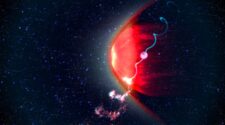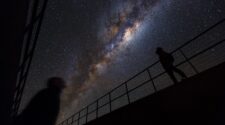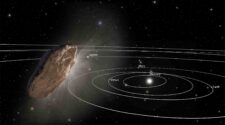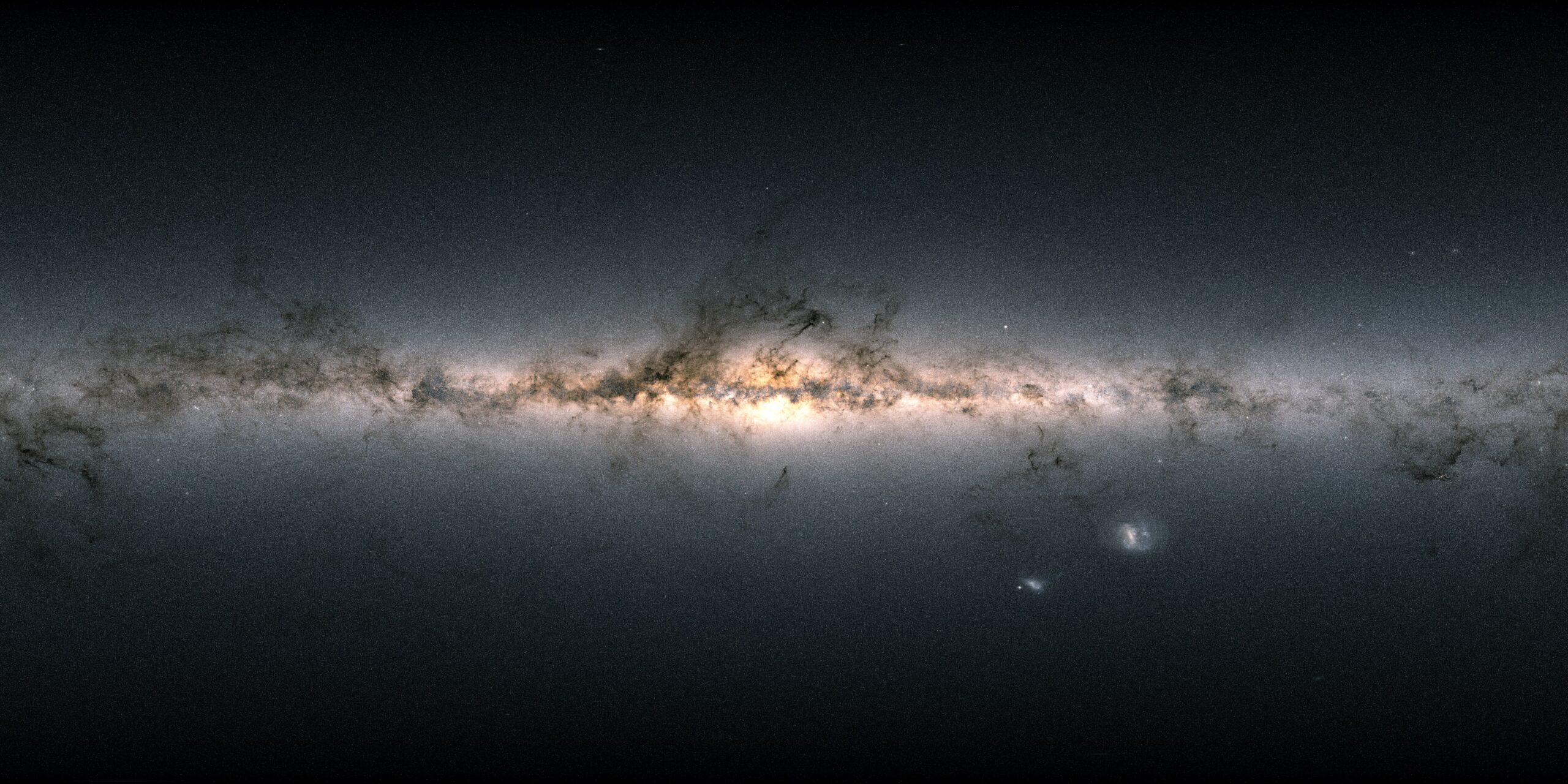
On Thursday 27 March, the European Space Agency (ESA) sent its last messages to the Gaia Spacecraft. They told Gaia to shut down its communication systems and central computer and said goodbye to this amazing space telescope.
Gaia has been the most successful ESA space mission ever, so why did they turn Gaia off? What did Gaia achieve? And perhaps most importantly, why was it my favourite space telescope?
Running on empty
Gaia was retired for a simple reason: after more than 11 years in space, it ran out of the cold gas propellant it needed to keep scanning the sky.
The telescope did its last observation on 15 January 2025. The ESA team then performed testing for a few weeks, before telling Gaia to leave its home at a point in space called L2 and start orbiting the Sun away from Earth.
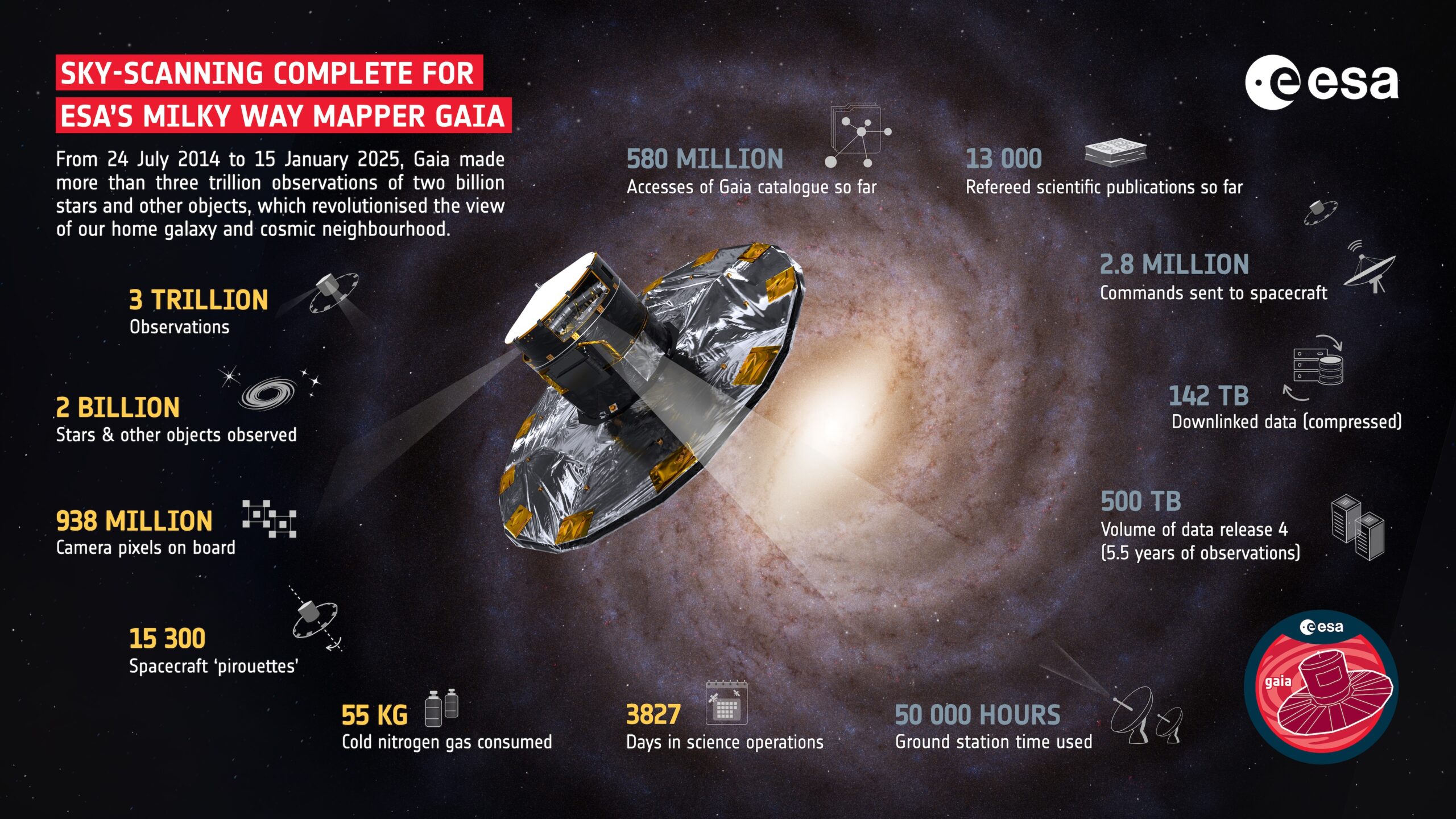
L2 is one of five “Lagrangian points” around Earth and the Sun where gravitational conditions make for a nice, stable orbit. L2 is located 1.5 million kilometres from Earth on the “dark side”, opposite the Sun.
L2 is a highly prized location because it’s a stable spot to orbit, it’s close enough to Earth for easy communication, and spacecraft can use the Sun behind them for solar power while looking away from the Sun out into space.
It’s also too far away from Earth to send anyone on a repair mission, so once your spacecraft gets there it’s on its own.
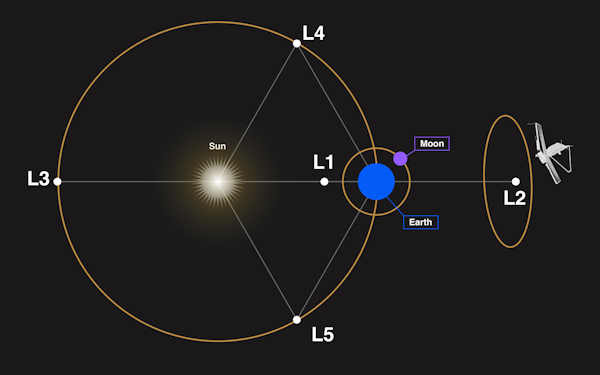
Keeping L2 clear
L2 currently hosts the James Webb Space Telescope (operated by the USA, Europe and Canada), the European Euclid mission, the Chinese Chang’e 6 orbiter and the joint Russian-German Spektr-RG observatory. Since L2 is such a key location for space missions, it’s essential to keep it clear of debris and retired spacecraft.
Gaia used its thrusters for the last time to push itself away from L2, and is now drifting around the Sun in a “retirement orbit” where it won’t get in anybody’s way.
As part of the retirement process, the Gaia team wrote farewell messages into the craft’s software and sent it the names of around 1,500 people who worked on Gaia over the years.
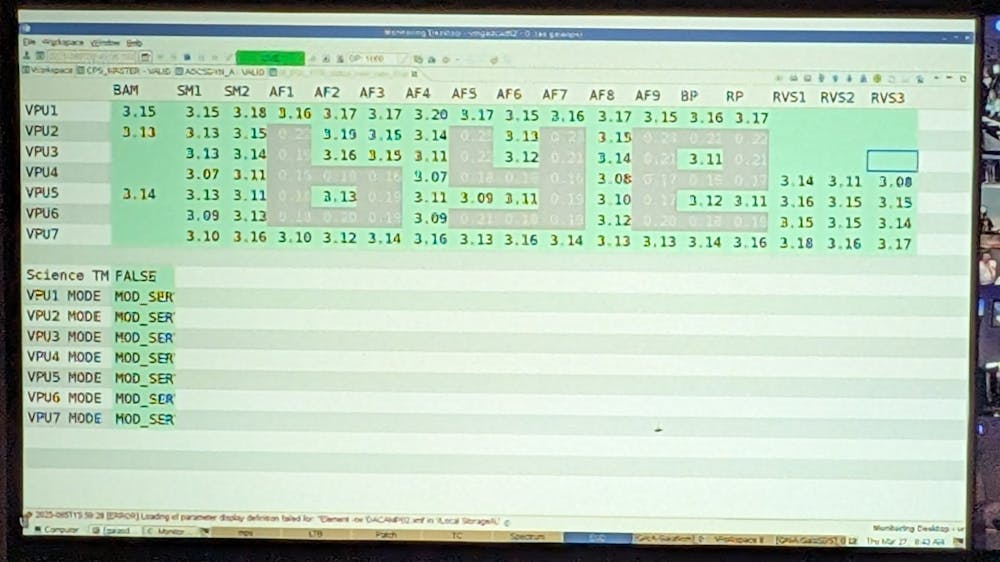
What is Gaia?
Gaia looks a bit like a spinning top hat in space. Its main mission was to produce a detailed, three-dimensional map of our galaxy, the Milky Way.
To do this, it measured the precise positions and motions of 1.46 billion objects in space. Gaia also measured brightnesses and variability and those data were used to provide temperatures, gravitational parameters, stellar types and more for millions of stars. One of the key pieces of information Gaia provided was the distance to millions of stars.
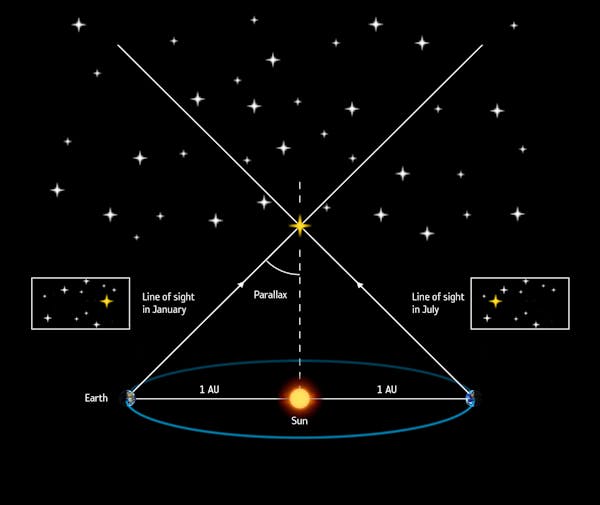
A cosmic measuring tape
I’m a radio astronomer, which means I use radio telescopes here on Earth to explore the Universe. Radio light is the longest wavelength of light, invisible to human eyes, and I use it to investigate magnetic stars.
But even though I’m a radio astronomer and Gaia was an optical telescope, looking at the same wavelengths of light our eyes can see, I use Gaia data almost every single day.
I used it today to find out how far away, how bright, and how fast a star was. Before Gaia, I would probably never have known how far away that star was.
This is essential for figuring out how bright the stars I study really are, which helps me understand the physics of what’s happening in and around them.
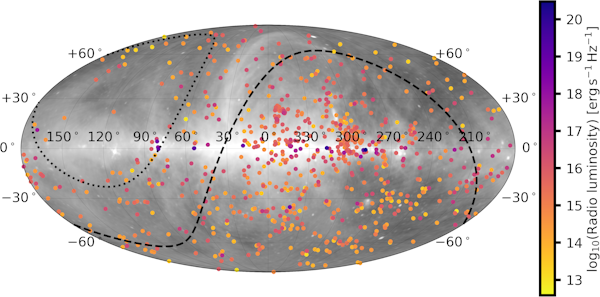
A huge success
Gaia has contributed to thousands of articles in astronomy journals. Papers released by the Gaia collaboration have been cited well over 20,000 times in total.
Gaia has produced too many science results to share here. To take just one example, Gaia improved our understanding of the structure of our own galaxy by showing that it has multiple spiral arms that are less sharply defined than we previously thought.
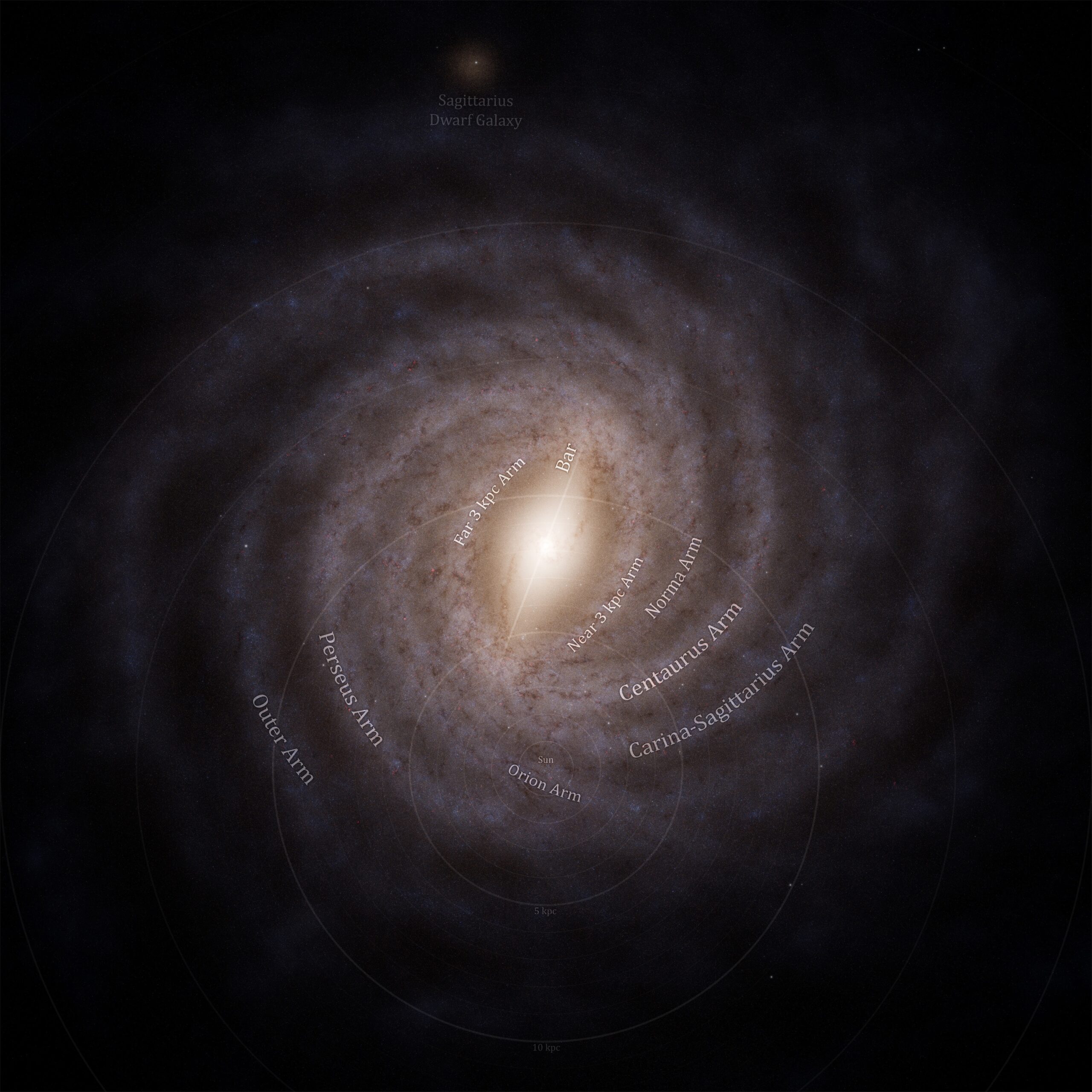
Not really the end for Gaia
It’s difficult to express how revolutionary Gaia has been for astronomy, but we can let the numbers speak for themselves. Around five astronomy journal articles are published every day that use Gaia data, making Gaia the most successful ESA mission ever. And that won’t come to a complete stop when Gaia retires.
The Gaia collaboration has published three data releases so far. This is where the collaboration performs the processing and checks on the data, adds some important analysis and releases all of that in one big hit.
And luckily, there are two more big data releases with even more information to come. The fourth data release is expected in mid to late 2026. The fifth and final data release, containing all of the Gaia data from the whole mission, will come out sometime in the 2030s.
This article is my own small tribute to a telescope that changed astronomy as we know it. So I will end by saying a huge thank you to everyone who has ever worked on this amazing space mission, whether it was engineering and operations, turning the data into the amazing resource it is, or any of the other many jobs that make a mission successful. And thank you to those who continue to work on the data as we speak.
Finally, thank you to my favourite space telescope. Goodbye, Gaia, I’ll miss you.![]()
This article is republished from The Conversation under a Creative Commons license.

